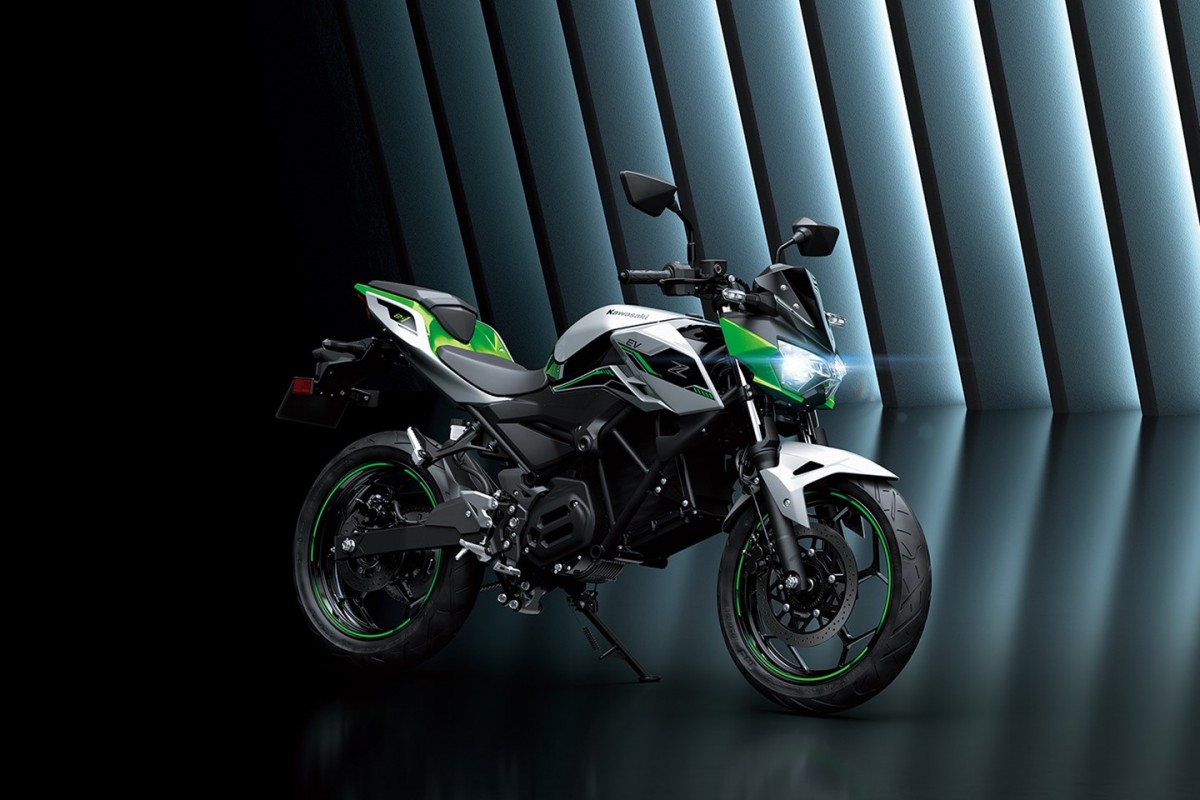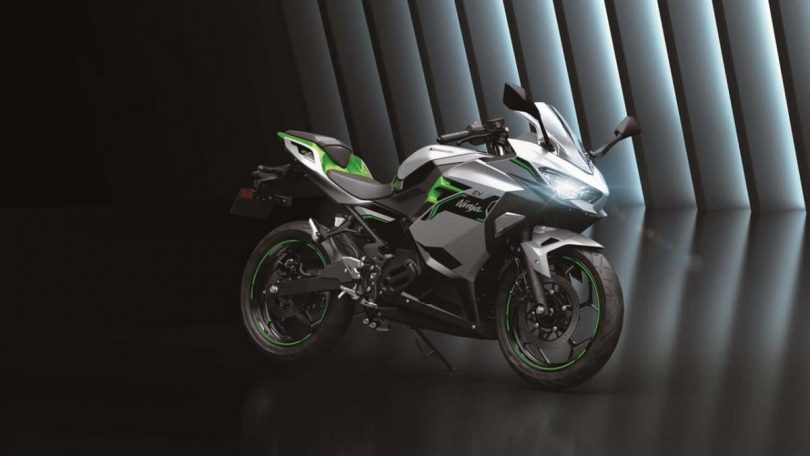Kawasaki has released more details of the all-electric Ninja e-1 and the Z e-1. The Japanese bike maker has now revealed the specs of these entry level e bikes.
Battery, Motor & Specs : More Details
The electric motor that drives the wheels is rated at a continuous output of 5 kW and a peak power of 9 kW. Under the Road riding mode, the Ninja e-1 can go upto 84 km/h while the Z e-1 can manage upto 70 km/h. The same speeds in Eco mode are reduced to 60 km/h and 56 km/h respectively.
To help during overtaking or when extra power is needed, Kawasaki is offering an e-boost function. Under this, the bike will offer additional power for a maximum of 15 seconds at once. Under Boost, the top speed increases to 105 km/h / 72 km/h for the Ninja e-1 with the Z e-1 topping up at 105 km/h / 68 km/h in Power and Eco modes respectively.
When the battery percentage drops to under 35 percent, the bikes go into Eco mode and the boost function is disabled.
Kawasaki is offering a dual 1.5 kWh battery on both the ebikes. These will be fully charged in 3.7 hours for 1 pack or 7.4 hours for both the battery packs. But users will be able to charge two batteries simultaneously using two chargers.
Hardware setup on the Kawasaki Ninja e-1 and Z e-1
Like the ICE versions – Ninja 400 and the Z400, the Ninja e-1 and the Z e-1 share some of the parts and underpinnings. Both the electric bikes are based on the same platform but feature different body styles.
The battery units are housed in the tubular frame chassis. The suspension consists of 41mm front forks and a rear monoshock.
Brakes come in the form of a 290mm front disc and a 200mm rear unit. Dual channel ABS is offered on the bikes as well. Tyre size reads as 100/80 R18 front and 130/80 R17 rear. The seat height is 790 mm on both the bikes.
Coming to the weight, the Kawasaki Ninja e-1 tips the scales at 140 kg while the Z e-1 weighs a slightly lower 135 kg.

Also Read – BMW CE 02 production begins at TVS Hosur Plant in India.


